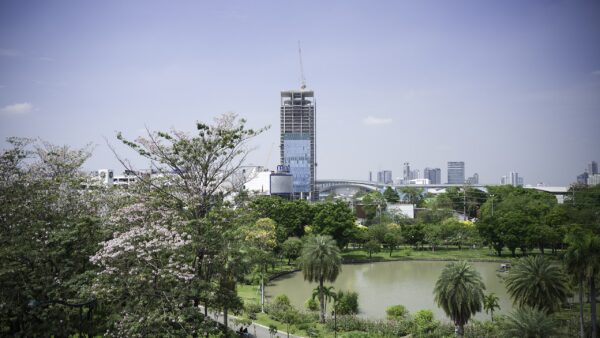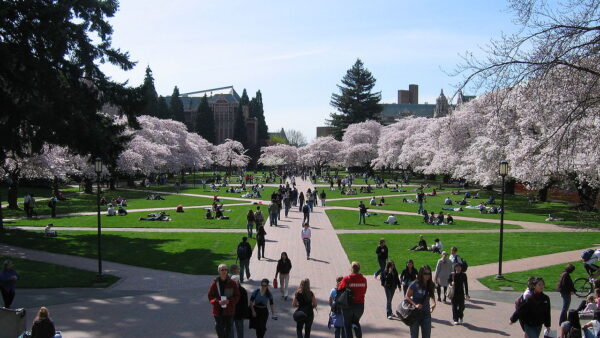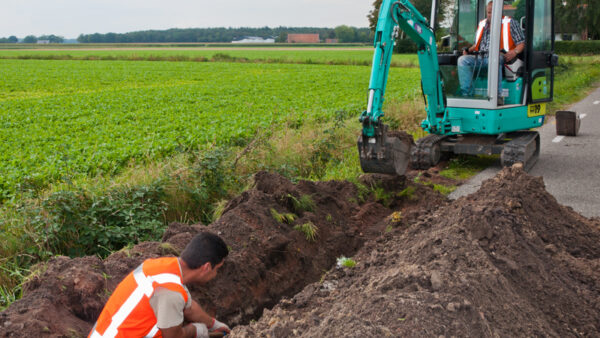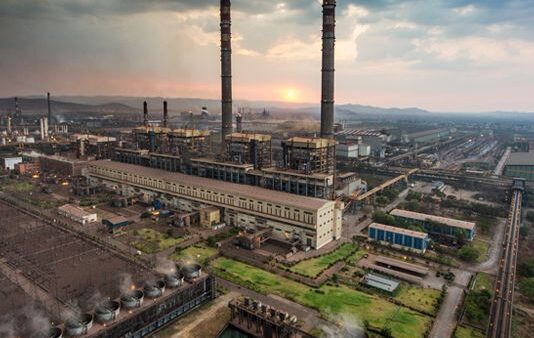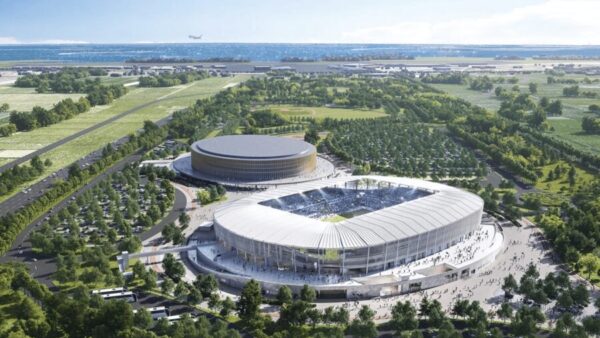The government of Japan has said that it will make $5bn available for the construction of a 35km maglev train line between Baltimore in Maryland and Washington DC. It is estimated that the total cost of the line would be more than $10bn.
In addition to the money, which will be advanced by the state-owned Japan Bank for International Cooperation, the Central Japan Railway Company has agreed to waive any fees for the use of its maglev technology, which uses magnetic forces to make the carriage “float” above the rails, eliminating friction and allowing higher speeds.
The moves are the latest development in a long-running campaign by the Japanese government to interest the American authorities in Japan’s maglev technology.Â
Currently, the only maglev line in commercial operation runs 30.5km from Shanghai, China to the city’s Pudong International Airport.Â
In April of this year, Prime Minister Shinzo Abe took Caroline Kennedy, the US ambassador, for a ride on the Central Railways’ test line in Yamanashi Prefecture, just to the west of Tokyo. At that time he was talking informally about putting $4bn into the scheme.
Japan has targeted the Baltimore-Washington line because it believes maglev will be a lucrative export, and a line in such a prominent location will catch the imagination of America’s public and politicians. The aim is to run trains at a speed of up to 500kmh, cutting the journey time to 15 minutes and exposing maglev to influential decision-makers in the federal government.
If it is successful, it will be dramatic contrast to the present state of American rail. Earlier this year there was an argument among politicians over the fact that it took nine hours to travel 650km between New York and Niagara Falls.Â
The US’s fastest rail passenger line at present is Amtrak’s Acela service between Washington DC and New York. This has a top speed of 240kmh, but trains spend much of the journey travelling at half that rate, partly because much of the track is not equipped for higher speeds and partly because it must share the rail with freight trains.
If the maglev line is built, the company that will operate it is Washington Rapid Rail. The details about the financing of a maglev service were contained in a filing it submitted to the Maryland Public Service Commission on Wednesday. The company is asking the commission to give it the franchise rights of the former Washington Baltimore and Annapolis Electric Railroad, which closed in the 1930s.
Wayne Rogers is a shareholder in Rapid Rail and chief executive of Northeast Maglev, a separate Washington-based company backing the project. He told The Baltimore Sun that he hoped that the investment from the Japanese would spur interest among more US businesspeople. He said that previous rail schemes had fizzled out for want of a significant external investor and interest from the federal government.
The proposal is being opposed by the conventional high-speed rail industry in America, which lobbied for the high-speed line that recently began laying track in California. Andy Kunz, the president of the High Speed Rail Association, told The Baltimore Sun this week:Â
“Unless someone has all the cash to build the whole system all in one go, or at least in rapid phasing, the whole thing doesn’t make sense. Who is going to come up with the other $5bn, or probably $10bn more? If this does get built, it’s going to end up looking just like the Chinese maglev, which is almost a joke. I would really be angry if our government forked over $5bn for this little system to Baltimore when it could move more people farther distances with the same amount in California.”
He added that the only line that made sense was between Washington and New York, but that the cost would be so huge that it would never get built. However, the Japanese government is sufficiently persuaded of the business case for maglev that it is going ahead with a $90bn, 500km maglev line between Tokyo and Osaka, most of which will be drilled through the Japanese alps.Â
Another supporter of the idea is Stephanie Rawlings-Blake, the mayor of Baltimore. A spokesperson for her office said: “Ultimately, this would help the local economy, as well as help to grow the city. It could be a game-changer for Baltimore.”





